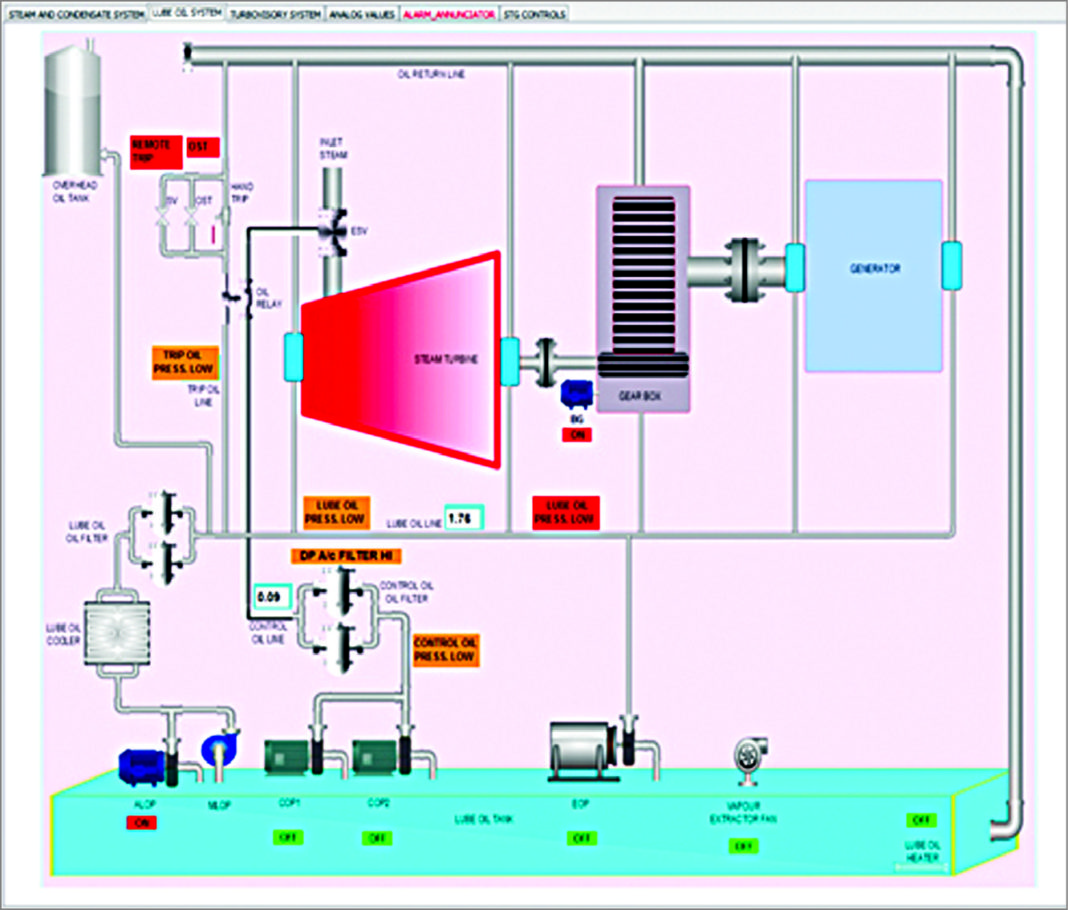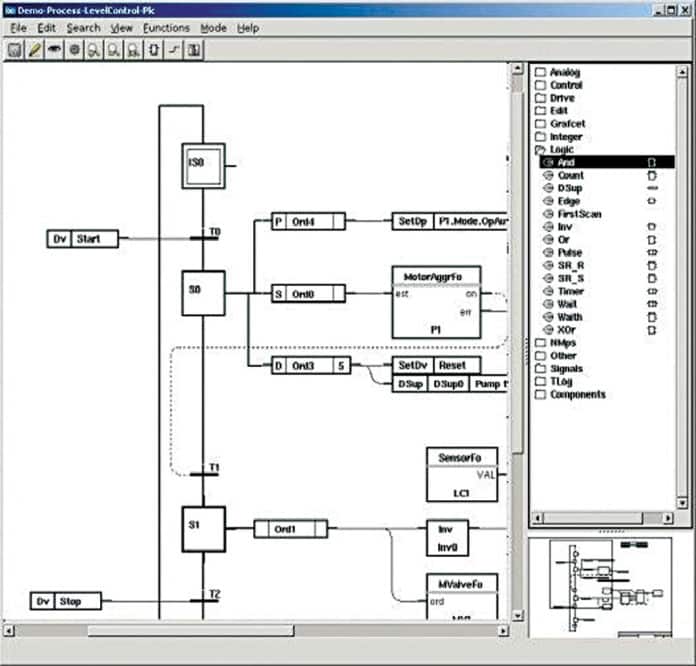
Fortunately, there are many choices out there, with options to run on everything from your always-on personal computer to a Raspberry Pi.

While connected devices often contain proprietary components, a good first step in bringing open source into your home automation system is to ensure that the device that ties your devices together-and presents you with an interface to them (the "hub")-is open source. Being able to fully understand the programs that control your home means you can view, and if necessary modify, the source code running on the devices themselves. Security concerns are among the many reasons why open source will be critical to our future with connected devices. And understandably so: In an era when even your refrigerator may now be a smart device, don't you want to know if your fridge is phoning home? Wouldn't you want some basic assurance that, even if you give a device permission to communicate externally, it is only accessible to those who are explicitly authorized?


They want to control who has access to the vital systems that control their appliances and record every moment of their everyday lives. Whether you're looking to control your HVAC system remotely, integrate a home theater, protect your home from theft, fire, or other threats, reduce your energy usage, or just control a few lights, there are countless devices available at your disposal.īut at the same time, many users worry about the security and privacy implications of bringing new devices into their homes-a very real and serious consideration. With an ever-expanding number of devices available to help you automate, protect, and monitor your home, it has never been easier nor more tempting to try your hand at home automation.


 0 kommentar(er)
0 kommentar(er)
